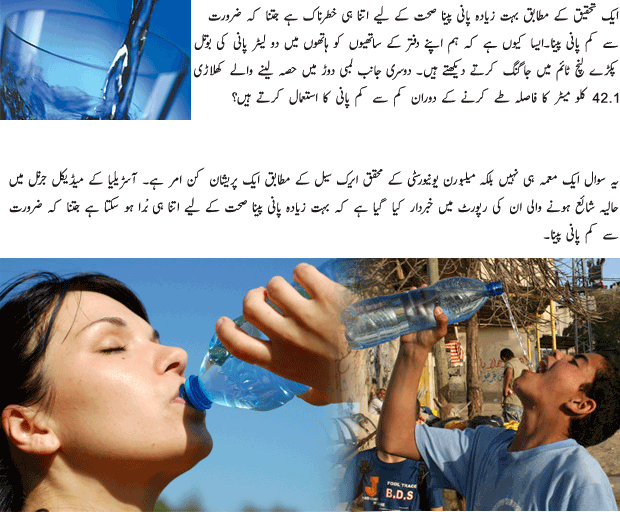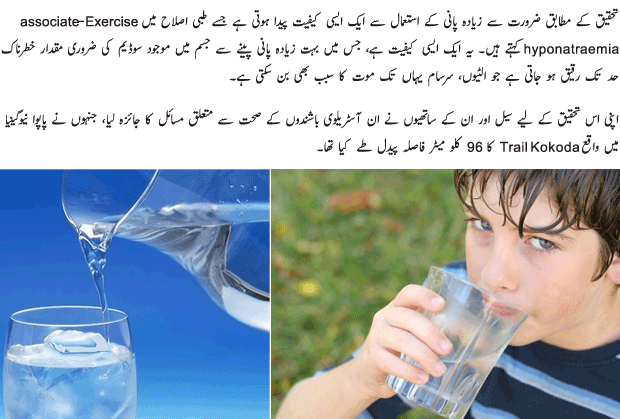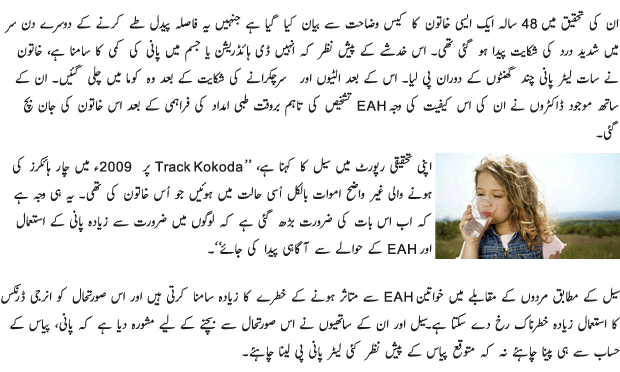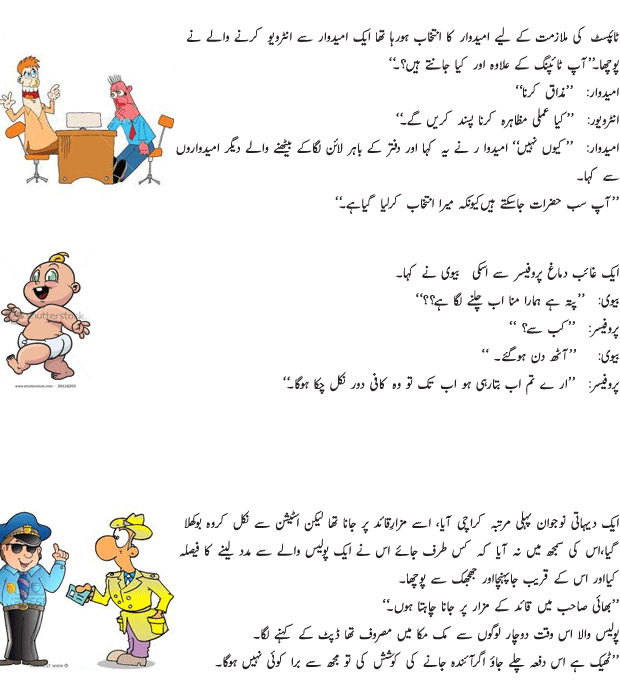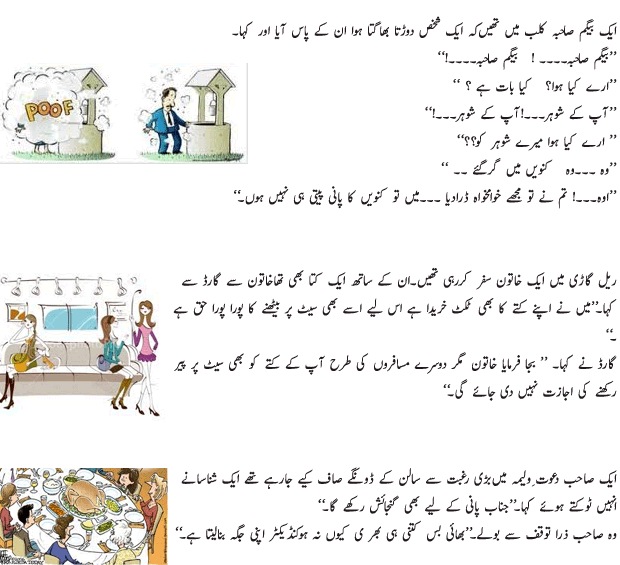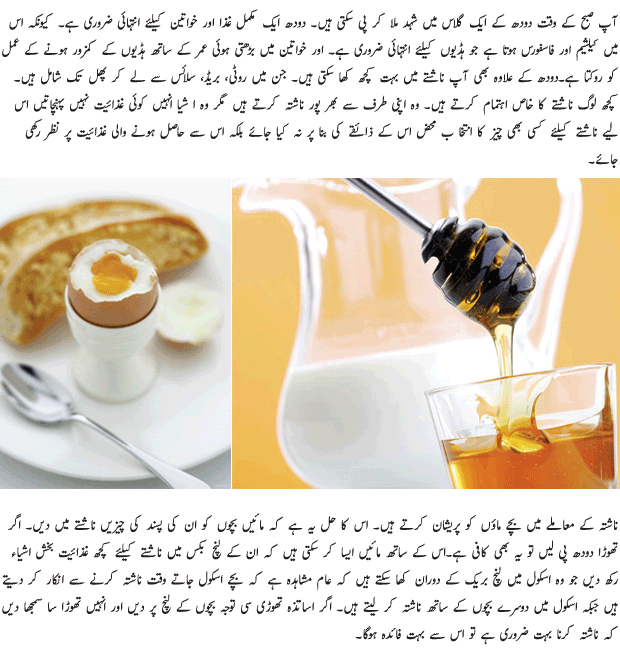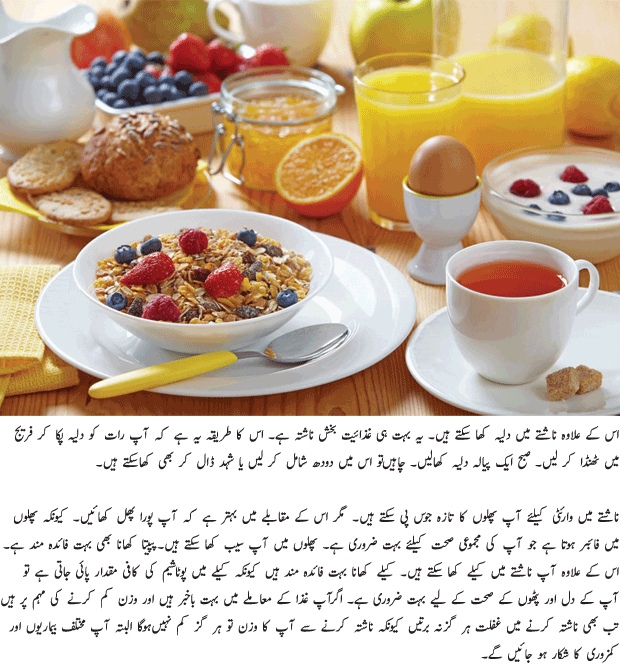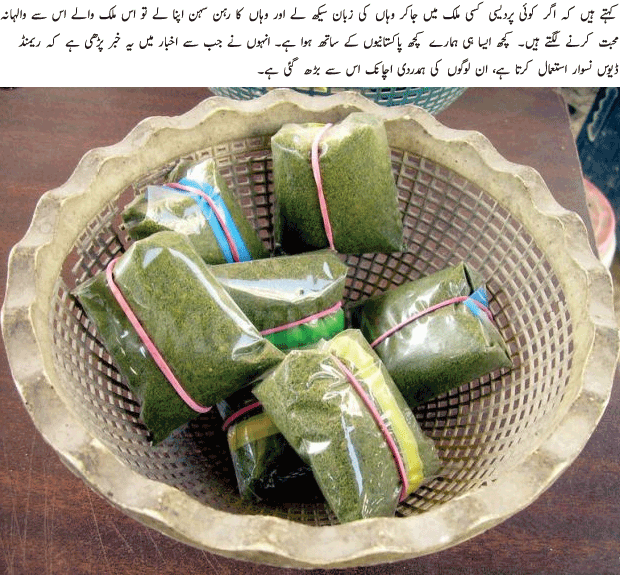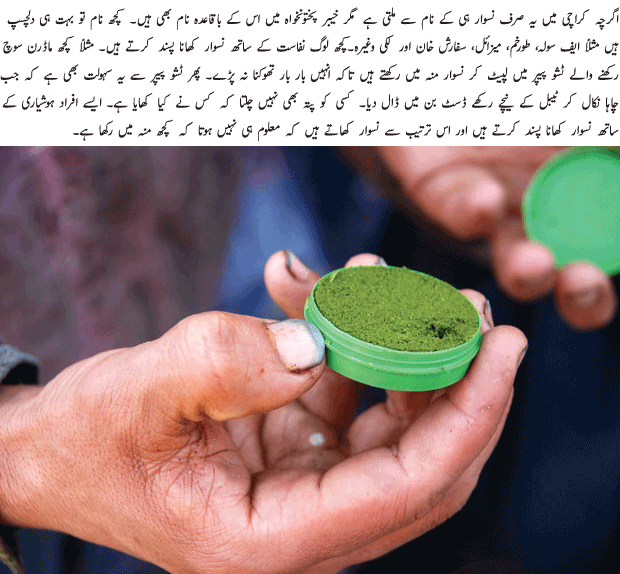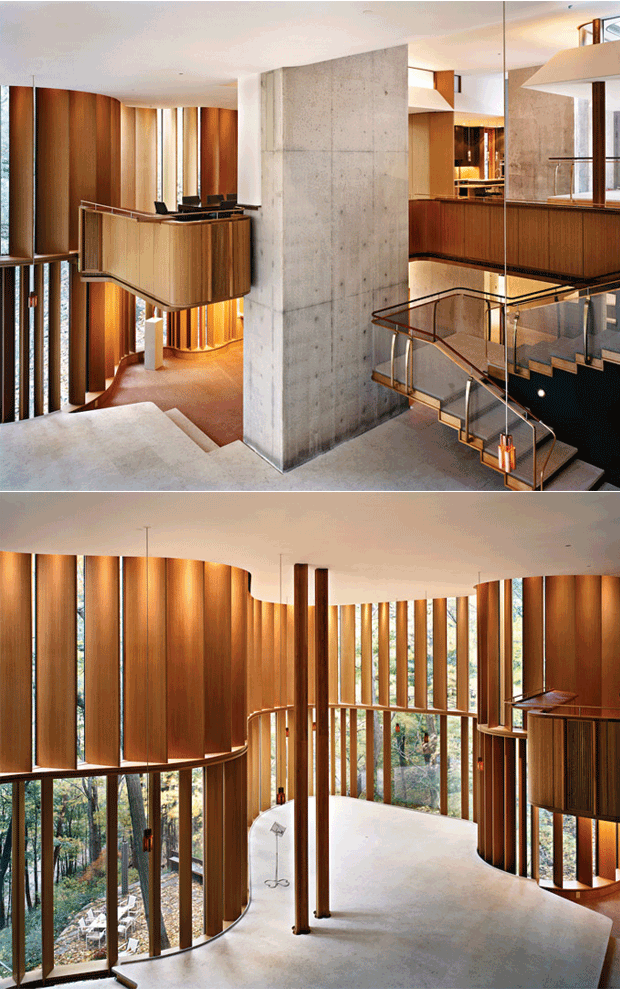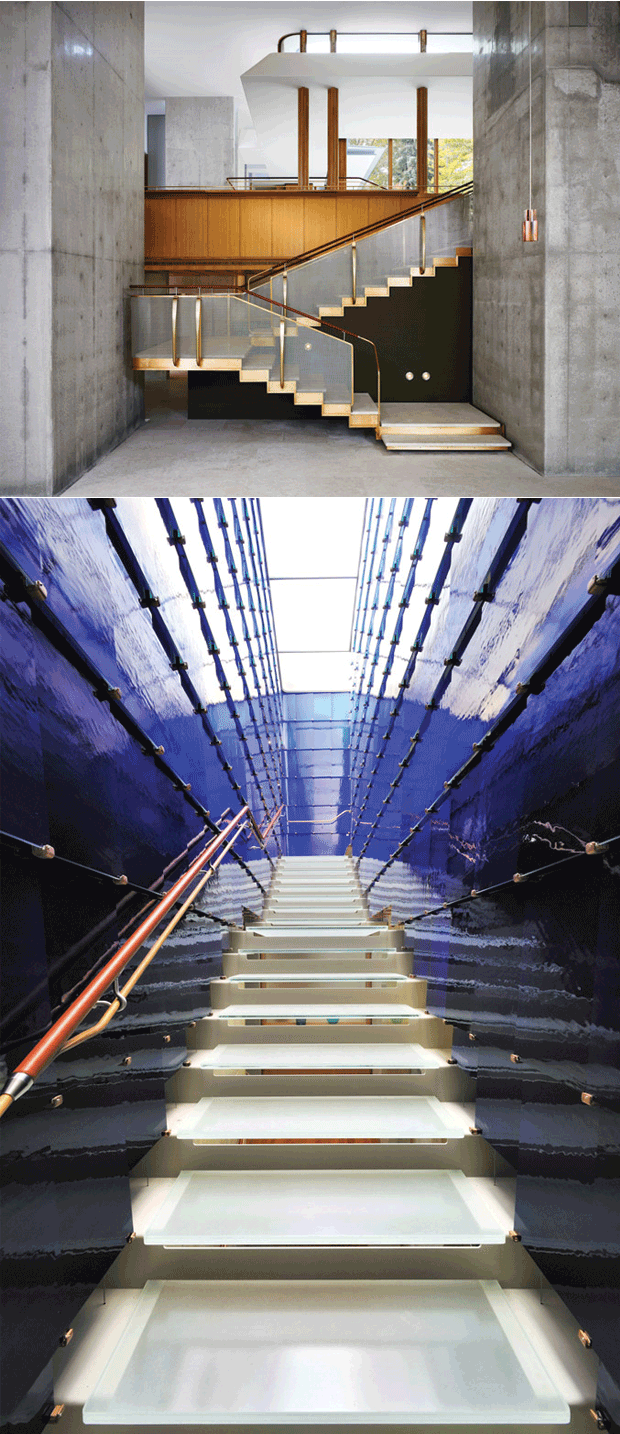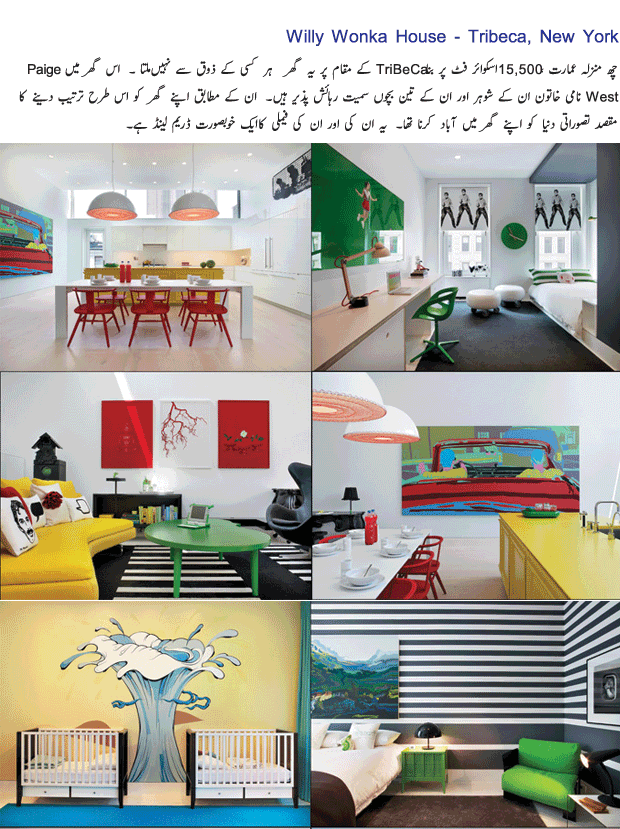Tuesday, 29 March 2011
Wednesday, 23 March 2011
Group rape: Spotlight on shadowy terrain
Seminar series, online forum kick off international initiative
 |
| Scene from Casualties of War, based on a true story about U.S. soldiers in Vietnam |
Two British researchers aim to change the current climate of neglect. Jessica Woodhams of the University of Birmingham and Miranda Horvath or Middlesex University have an ambitious goal of developing an international network and research agenda focused on understanding and preventing multiple-perpetrator rape.
They have secured funding from the British Psychological Society for a seminar series at Middlesex University in London this fall. Gearing up, they have just launched a month-long public forum at the international Sexual Violence Research Institute’s site.
To kick off the discussion, they tossed out the following intriguing questions:
- Are all perpetrators of multiple perpetrator rape equally responsible for their actions?
- Is multiple perpetrator rape only a significant problem in certain populations/social groups?
- How can we best tackle multiple perpetrator rape in terms of prevention, interventions with perpetrators, supporting victims, and improving investigation and prosecution?
I'm sure many of you who have done treatment, evaluation, and/or research with violent offenders have some thoughts on these questions. If so, join theonline discussion.
Loughner update: Skirmishing over competency
Arguments over who, where, how and what of evaluation
In federal court this week, the government and defense skirmished over the mechanics of evaluating the competency to stand trial of Jared Loughner, the suspect in January's high-profile shooting rampage in Arizona. This skirmish is likely to be the first of many involving Loughner's psychiatric state, a central issue in the case.
Who should conduct the evaluation?
- Government: Bureau of Prisons staff should conduct the evaluation.
- Defense: Outside mental health experts are more likely to be impartial.
- Court ruling: Bureau of Prisons will evaluate the defendant.
Where should the evaluation take place?
- Government: Loughner should be evaluated at the federal Bureau of Prisons facility in Springfield, Missouri, a medical referral center with specialized forensic resources. In a memo, the chief of psychiatry for the Bureau of Prisons, Dr. Donald Lewis, said Springfield was the best facility for a competency evaluation, because it "has medical staff available for neurology and other organic testing, and has far more forensic staff and full-time psychiatrists available to provide round-the-clock assistance," according to an AP news brief.
- Defense: Loughner should not be moved from his current federal prison housing in Tucson. He is "seriously ill," and moving him to Missouri could worsen his state and restrict his lawyers’ access, thereby impeding their efforts to gain his trust. The defense has alsoexpressed concern that this move will facilitate prison officials' collecting and releasing private information to prosecutors.
- Court ruling: Loughner will be sent to the federal prison in Springfield.
How should the evaluation be conducted?
U.S. District Judge Larry Burns ordered that the evaluation will be videotaped and that the videos will be provided to both prosecutors and defense attorneys. It was not clear from news reports whether one side requested the videotaping, or whether the judge introduced this idea on his own.
What should the evaluation address?
One tricky area in assessing the competency of a defendant who may later plead insanity is that an incompetent defendant may make incriminating or otherwise unwise statements about the crime itself. In a competency assessment, evaluators have a duty not to probe into the defendant's mental state at the time of the offense, leaving that inquiry until the defendant is certified as competent and enters a plea of insanity. If a defendant blurts out information about the motivations for the offense, these should not be included in a written report on competency.
Loughner's attorneys expressed concern that with prison staff at the helm, a competency inquiry might expand into a review of Loughner's sanity. The federal court judge ruled that the scope of the exam must be limited to whether the defendant is competent to stand trial, not whether he was sane at the time of the shooting. However, the videotaping of the evaluation may make this difficult to achieve in practice, increasing the risk that information pertaining to Loughner's state of mind at the time of the crime will be prematurely revealed to prosecutors.
Wednesday, 16 March 2011
Tuesday, 15 March 2011


No one has completely perfect skin, but you don't need a staff of people or celebrity money to win your battle over blemishes, push back the signs of aging, and feel absolutely gorgeous. Here's how to put your best face (and shoulders and neck) forward.
1. Drink enough water
We know, we know. You've heard this a million times, but staying hydrated remains one of the most significant things you can do to improve your complexion. "This tip is so easy, but it's also the first thing I tell women to do to take better care of their skin," says medical esthetician Peggi Sobota. "Because the skin is one of the last organs to get hydrated when you drink water, it really shows if you have or haven't been drinking enough water."
Conventional wisdom says eight glasses of water a day are plenty, but Sobota recommends a new formula: taking your body weight and dividing that number in half to get the number of ounces of water you should be drinking each day (for example, a 150-pound woman should consume 75 ounces daily). Although you might not see instant results, Sobota says many women see a difference in just a few short days.
2. Microdermabrasion is a truly effective exfoliator—most other scrubs should be trashed.
"When we're young, our skin cells turn over about every 28 days," Sobota explains. "But as we age, cells turn over 35, 40, or even every 50 days. What you need are products and treatments [like microdermabrasion] that prompt skin to turnover and essentially trick it into thinking it is younger."
Microdermabrasion is a skin-buffing treatment that can cost $75 to $200 per session in a reputable medical spa. Even if you're on a budget, one session could give your skin a big boost. However, regular treatments, whether every three weeks or every eight, are best for most people's skin concerns, she says.
"One time will make you feel better," Sobota notes. "But like working out, once is better than nothing, but doing it regularly will make a much bigger impact."
She also suggests steering clear of drugstore facial and body scrubs.
"Apricot seed scrubs can cause microscopic tears and synthetic ball scrubs actually don't do much for your skin. Using these products actually may cause more problems than you already have with your skin. You really can't get comparable exfoliation to microdermabrasion over the counter."
3. You need sunscreen, but not tons of it.
Both dermatologist Dr. Eric Schweiger and Sobota agree that using sunscreen daily is one of the very first changes you should make to improve your skin.
"Those signs of aging many women heading toward 40 see -- little mouth lines, sun spots, crow's feet -- are not things you should biologically see until your 60s. If you see them before that, you did that to yourself. You can't erase the damage that's been done, but you can stop it from progressing rapidly," Sobota points out.
Dr. Schweiger recommends using a moisturizer-sunscreen combination, while Sobota reminds women that they don't need to slather on a ton of sunscreen to get its full effects.
"You only need a shot glass-size amount to cover the entire body, which means the amount that goes on your face is about the size of a quarter," she says.
4. Protect yourself against the sun, even when you're inside.
Even if you're sitting in a cubicle all day, you could be getting exposure to sunlight that can damage and age your skin. "If you sit near a window, UVA rays can come through and take a toll on your skin," Sobota warns. "There's even some evidence that fluorescent lighting can have an impact. Most of us are cautious outside, but you really need to touch up your sunscreen just like you powder your nose."
How do you do this without stripping off your makeup and starting your beauty regimen over or adding goopy sprays over your foundation? Sobota recommends powder sunscreens (like this product she uses) that you can dab on.
5. SPF makeup? It just doesn't cut it.
"It's a nice try, a good buffer, but the amount of SPF in makeup and what you get in sunscreen are not equal," Sobota says.
If you're prone to breakouts during summer months, Dr. Schweiger suggests using a tinted moisturizer—it's a great option for people with sensitive skin or those who want lighter-weight coverage for blemishes or acne scarring because it allows you to use fewer products.
6. Your chest, neck, and back need SPF love, too.
Spectacular skin isn't just about the face. Sobota says you shouldn't stop at your jawline when you're addressing blemishes, wrinkles, dryness, or other issues.
"Whatever sunscreen or moisturizer or cleanser you use on your face, you should use on your neck and chest," she advises. "If you have someone to help, also apply it to your back."
This is especially necessary during warmer months when shoulders are bare, backs are revealed, and necklines plunge a bit.
7. Morning eye puffiness? Here's an easy trickDr. Schweiger says the most simple remedy for lightening dark circles and decreasing puffiness under the eyes—two of her patients' most common complaints—is splashing cold water on your face first thing in the morning, which shrinks the blood vessels and decreases eye puffiness.
However, more serious under-eye circles may call for more aggressive treatment. Dark circles can be caused by sun damage or from genetically driven pigmentation; bluish-hued circles can stem from vascular issues. Also, as we age, we lose the fat underneath our eyes, which causes a gaunt or tired appearance. In these cases, Dr. Schweiger says Juvederm and other fillers can help plump up the area and provide a more youthful appearance.
In-office treatment isn't always necessary, however. Dr. Schweiger says there are some very effective lightening creams available at drug stores. The key is in finding a topical cream that is made up of hydroquinone in 2% concentration. He says most people notice an improvement in the skin around their eyes in about two weeks.
8. Apply Retinol carefully—more is actually worse
Retinol is a form of vitamin A that is used to combat acne as well as the signs of aging by spurring skin turnover and increasing collagen. It is available in prescription-strength formulas through a dermatologist, but can also be found in lower concentrations in cosmetics and creams. Although people might be tempted to apply it often, Dr. Schweiger says that will only irritate the skin more.
"People used to think that to get the benefits of Retinol, the skin had to really peel. But really, this is just a side effect of using it too much," he says. "Instead, I recommend to most patients to use it three times a week. They see fewer side effects and might avoid that redness and peeling we associate with it."
9. Workouts don't have to lead to breakouts.
If you're one of those people who feels great about exercising, but not so great about the breakouts you get from excessive sweating, you don't have to sacrifice your time on the treadmill for fabulous skin. Acne-prone exercisers might just find the solution in the gym locker room.
"Right after your workout, shower or wash your face right there at the gym. And since you're already there, take advantage of the gym's steam room for a few minutes. This will open up pores and reduce your chance of breaking out," Dr. Schweiger notes.
10. Get your vitamin C, and not just in your diet.
Eating lots of broccoli or adding orange juice to your morning meal may help your body ward off cardiovascular disease and boost your health, but to really see the benefits of Vitamin C on your skin, you have to apply it topically.
"Vitamin C is a powerful antioxidant," Sobota says. "It fights free-radical damage, which makes it wonderful for anti-aging."
Over-the-counter products that contain vitamin C "won't accomplish your goal" of getting more beautiful skin, Sobota says. But prescription-strength products can make a big difference in keeping the skin looking young.
11. You don't need lots of products, you just need the right ones.
"Most patients I see have spent tons of money on a drawer full of insufficient products," Sobota says bluntly. "A visit to the drug store is just not going to cut it for most of us."
If you're really committed to boosting the health and appearance of your skin, you are far more likely to get results from products recommended or prescribed by a dermatologist, esthetician, or other medical skincare professional, she says. Although this might make some penny-pinchers cringe, she insists it will actually save people money in the long run.
"You should be using the correct products with the proper ingredients for your skin, your goals for how you want to look, and your health. Most of us don't need any more than three or four products total for great skin. If you're buying and using lots of things, even if you got them for a much lower price at the drug store, and you're not getting the results you need, then none of it's doing any good. It's a waste!"
Being honest about getting older and "upping the ante"—that is, investing in a few clinical-grade productsrather than creams out of the bargain bin—will help older women hold on to a youthful glow. And taking skin protection seriously will help younger people develop healthy habits that could lead to a lifetime of smooth, supple skin.
Are Energy Drinks Dangerous to Your Health?
It’s one of the greatest marketing tricks in the history of beverages: Turning a can of obesity-inducing sugar water into the coolest product in the supermarket. Here’s how it’s done.
1. Give your can of sugar water a hip-sounding name, like Monster, Rockstar, or Amp.
2. Promise that the product will do something exciting to your body, like boosting your energy and alertness, so you, too, can be a rock star—or at least stay up as late as one.
3. Make your product sound slightly dangerous. Anything will sound cooler when grown-ups hate it: Dr. Oz calls energy drinks “addictive” and “unhealthy.” Other experts point to thousands of caffeine overdoses among young people 19 and under.
But all the hoopla surrounding energy drinks is just hysteria, right? Sure, drinking them by the six-pack isn’t a good idea, but in moderation, a single can of cold, tangy, eyeball-popping energy fuel can’t be bad for you . . .
Or can it?
Well, the truth is that while you can call a product RockStar, a more accurate name for some of their drinks might be Fat Roadie. Because while massive doses of energy drinks are obviously dangerous, adding even a single can a day of some of them to your liquid intake could cause more than 29 pounds of weight gain in a year! Below, I’ve outlined some of the worst energy drinks, and some much saner alternatives. Making these simple swaps could be the difference between Lady Gaga, and Lady Gargantua.
But all the hoopla surrounding energy drinks is just hysteria, right? Sure, drinking them by the six-pack isn’t a good idea, but in moderation, a single can of cold, tangy, eyeball-popping energy fuel can’t be bad for you . . .
Or can it?
Well, the truth is that while you can call a product RockStar, a more accurate name for some of their drinks might be Fat Roadie. Because while massive doses of energy drinks are obviously dangerous, adding even a single can a day of some of them to your liquid intake could cause more than 29 pounds of weight gain in a year! Below, I’ve outlined some of the worst energy drinks, and some much saner alternatives. Making these simple swaps could be the difference between Lady Gaga, and Lady Gargantua.
WORST MORNING JOLT5-Hour Energy (1.93-oz bottle)
4 calories
0 g sugars Caffeine: 135 mg

4 calories
0 g sugars Caffeine: 135 mg
Drink This Instead!
Black Coffee (12-oz cup)
0 calories
0 g sugars
Caffeine: 95-200 mg
Black Coffee (12-oz cup)
0 calories
0 g sugars
Caffeine: 95-200 mg
What’s really in 5-Hour Energy? Wouldn’t you like to know! The company claims the product is packed with a variety of vitamins and other compounds that promote energy, but when Consumer Reports recently requested a copy of the supporting research, the company balked. Here’s a golden rule of food and drink: If the company selling the product won’t put its money where its mouth is, don’t put their product where your mouth is. Bottom line: The only proven ingredient in this bottle is caffeine, and one bottle contains about as much as a cup of coffee. You know what costs much less, contains loads of natural antioxidants, and also has as much caffeine as a cup of coffee? You guessed it, a cup of coffee. No energy drink on the planet is more reliable.
Bonus Tip: 5-Hour Energy may be a lot of hype, but at just 4 calories per bottle, it won't make you fat. These sugar- and fat-laden drinks most certainly will if they're among your go-to options: The 20 Worst Drinks in America.
WORST CAFFEINATED DISASTER
Redline Power Rush (2.5-oz bottle)
0 calories
0 g sugarsCaffeine: 326 mg
Drink This Instead!Sugar-Free Red Bull (8.4-oz can)
0 calories
0 g sugars
Caffeine: 75 mg

Redline Power Rush (2.5-oz bottle)
0 calories
0 g sugarsCaffeine: 326 mg
Drink This Instead!Sugar-Free Red Bull (8.4-oz can)
0 calories
0 g sugars
Caffeine: 75 mg
This is what happens when the companies that produce energy shots go to war with one another (7 hours of energy? Really?). Sipping this tiny bottle is the caffeine equivalent of gulping down about three cups of coffee, which is probably why the company's website warns minors not to drink it. Oh, and for those of us with family histories of high blood pressure, enlarged prostates,glaucoma, or any one of six other ailments, we need to consult a physician before use. The company also recommends you drink only half a bottle, but who's going to drink one-half of 2.5 ounces? That's like packing an Oreo in your kid's lunch and telling her to eat only one bite. Sugar-Free Red Bull offers the same low-cal advantage with a more reasonable amount of caffeine, which is about as much as a cup of coffee.
Bonus Tip: I get it—life is hectic. That's why we created our new book: The Eat This, Not That! No-Diet Diet, a complete day-by-day, meal-by-meal weight-loss plan for busy people who hate to diet. You can eat all your favorite foods, at your favorite restaurants, and even enjoy your favorite desserts--while shedding belly fat fast. Check it out.
WORST SODA HYBRIDAmp Energy (16-oz can)
220 calories
58 g sugars
Caffeine: 142 mg

220 calories
58 g sugars
Caffeine: 142 mg
Drink This Instead!
Xenergy Mango Guava (16-oz can)
0 calories
0 g sugars
Caffeine: 180 mg
Xenergy Mango Guava (16-oz can)
0 calories
0 g sugars
Caffeine: 180 mg
No energy drink exposes the blurred line between energy and soda better than Amp. It is, after all, an offshoot of Mountain Dew. The difference is it’s shot through with more caffeine and all the dubious additives that give energy drinks their questionable energy appeal. But the problem with this can is the same problem that afflicts every other soda on the market—sugar. Guzzling this thing fills your stomach with 14 spoonfuls of sugar. If it’s energy you want, Xenergy promises all the same additives without any of the sugar. Consider it a modest vice.
WORST ENERGY SHOTClif Razz Energy Gel Shot (32 g package)
100 calories
12 g sugars Caffeine: 0 mg

100 calories
12 g sugars Caffeine: 0 mg
Drink This Instead!
Ito En Sencha Shot (6.4-oz can)
0 calories
0 g sugars
Caffeine: 40 mg
Ito En Sencha Shot (6.4-oz can)
0 calories
0 g sugars
Caffeine: 40 mg
Be wary of any “energy” shot that comes in gel form. These packages are specifically formulated to replenish sugar stores to overworked muscles during bouts of high-intensity training. That’s great if you’re running a 10K, but it you’re not doing some serious athletics, expect it to go straight to your thighs, butt, and belly. For a more sustainable—and less fattening—form of energy, opt for green tea. Ito En’s Sencha Shot is just that, concentrated green tea laced with 152 milligrams of catechins, antioxidants that have been linked to weight loss. One of these tacked on to your daily routine can only do your body good.
WORST COFFEE BOOST
Starbucks Coffee Frappuccino (13.7-oz bottle)
290 calories
4.5 g fat (3 g saturated)
46 g sugars
Caffeine: 108 mg

290 calories
4.5 g fat (3 g saturated)
46 g sugars
Caffeine: 108 mg
Drink This Instead!
Rockstar Roasted Coffee + Energy Light Vanilla (16-oz can)
100 calories
14 g sugars
Caffeine: 240 mg
Rockstar Roasted Coffee + Energy Light Vanilla (16-oz can)
100 calories
14 g sugars
Caffeine: 240 mg
I’m not Rockstar's biggest fan, but they do a lot of things right, like this healthier alternative to Starbucks. Do you know how much whole milk you’d have to pour into your coffee to reach the 290 calories in this Starbucks bottle? Nearly two cups. Or how about this for comparison: This Vanilla Frappuccino has more calories than either a Snickers bar or a Wendy’s Jr. Cheeseburger, plus it has more sugar than two scoops of Haagen-Dazs Crème Brulèe ice cream. Switch to Rockstar’s lighter version of a caffeinated morning drink and you’ll cut your calorie load by two-thirds!
Bonus Tip: Here’s a much healthier way to boost your energy levels: Fill your plate—and belly—with these 40 Foods with Superpowers. The best part: You’ll strengthen your heart, fortify your bones, and boost your metabolism at the same time!
WORST ENERGY DRINKVault Red Blitz (20-oz bottle)
290 calories
78 g sugars
Caffeine: 115 mg

290 calories
78 g sugars
Caffeine: 115 mg
Drink This Instead!
Rockstar Recovery (16 fl oz)
20 calories
2 g sugars
And here it is, the biggest loser in the battle of the energy drinks. Vault packs in more sugar than any other energy drink on the market. In terms of sheer calories, Starbucks Coffee Frappuccino fares just as bad, but even it can’t claim to have more sugar than 3½ Hershey’s Milk Chocolate bars. If you’re looking for the daily energy beverage most likely to give you diabetes, this might be it. Otherwise, pick something with less sugar. Rockstar's Recovery is as fine as any energy drink on the market. It contains 160 mg of caffeine—about as much as 14 ounces of Dunkin' Donuts coffee—and it's flavored with lemon juice.
Rockstar Recovery (16 fl oz)
20 calories
2 g sugars
And here it is, the biggest loser in the battle of the energy drinks. Vault packs in more sugar than any other energy drink on the market. In terms of sheer calories, Starbucks Coffee Frappuccino fares just as bad, but even it can’t claim to have more sugar than 3½ Hershey’s Milk Chocolate bars. If you’re looking for the daily energy beverage most likely to give you diabetes, this might be it. Otherwise, pick something with less sugar. Rockstar's Recovery is as fine as any energy drink on the market. It contains 160 mg of caffeine—about as much as 14 ounces of Dunkin' Donuts coffee—and it's flavored with lemon juice.
Bonus Tip: If you're serious about losing weight, you need to cut down on sugar first. Problem is, many of us eat too much of the white stuff for breakfast. You stay full longer when you swap out sugar for fiber, and we'll show you how to do it with ease right here:
------
Monday, 14 March 2011
Wednesday, 9 March 2011
Saturday, 5 March 2011
PARTICIPATE BY NOT PARTICIPATING
"Did you see those new Levi's pants?"
"I got this new Blackberry phone for my birthday!"
"Oooooo do you know the bride is wearing an 'Ather Shehzad' dress?"
"Mama! I want a new Gucci watch! All my friends have it!"
Do these statements sound familiar?
Yes!
Why?
Because we have become so materialistic that these brands have become a yardstick by which we measure a person’s worth! Blackberry is for the elite. Sony Ericsson for the middle class businessmen. Samsung E900 for the government employed 17-graders. Nokia 6230 for the street hawkers! How very convenient! So now these social signals allow us to identify like-minded people to befriend them.
When did we become so insensitive? Why is it that all our festivals revolve around shopping, shopping and shopping? Eid, weddings, birthdays, anniversaries…Moreover we do not need an incentive to shop. We are forever ready to empty our wallets at those huge, glittery shopping malls. We believe in the mantra ‘shop till you drop’! And yet we complain of poverty and inflation! On the one hand we protest against rising prices of sugar and flour and on the other we enter the never-ceasing ‘brand’ race! Are we not hypocrites? Is it not time that we act instead of blaming our government for every ill that has ever befallen us?
For that, we can begin by cutting down on our consumption. Perhaps start with not eating out everyday; or compromising on a good-quality dress that does not boast of a designer shop logo; or even using public transport to save petrol-a non-renewable and quickly depleting resource. Moreover, we can discourage the glamorous lifestyle being promoted by the media by protesting against it! I know this sounds difficult because pointing accusing fingers is much easier than real action. Some of you might even be laughing at such a notion. But let me tell you this…it’s not unheard of! Millions of people all over the world are changing their mindset and their consumption oriented lifestyle!
The first baby step towards this ‘simple living’ lifestyle is the ‘Buy Nothing Day’ which will be celebrated on Nov 28th this year. This day is actually a reaction to ‘Black Friday’-the day after Thanksgiving when the official holiday season starts and shoppers head to department stores for their Christmas shopping.
BND originated in 1991 when an artist Ted Dave-from Vancouver, Canada- realized that he wasted $20 weekly on trifles such as coffees and muffins and that he and others should rethink their spending tendencies! Thus he decided to create Buy Nothing Day.
Subscribe to:
Comments (Atom)


